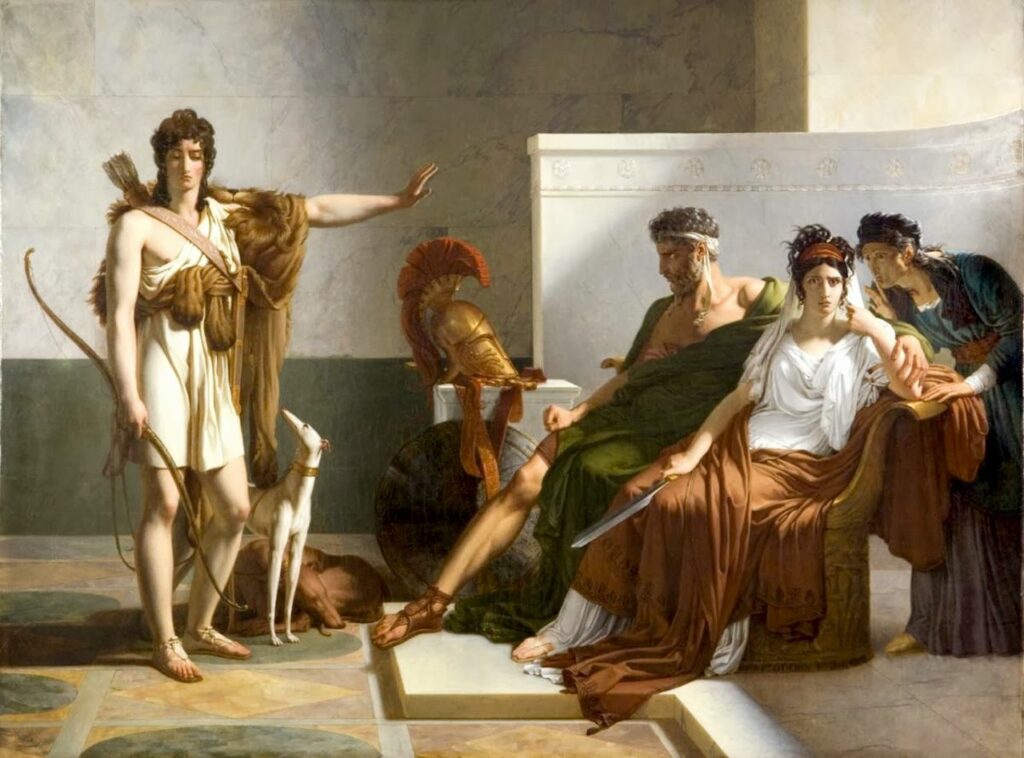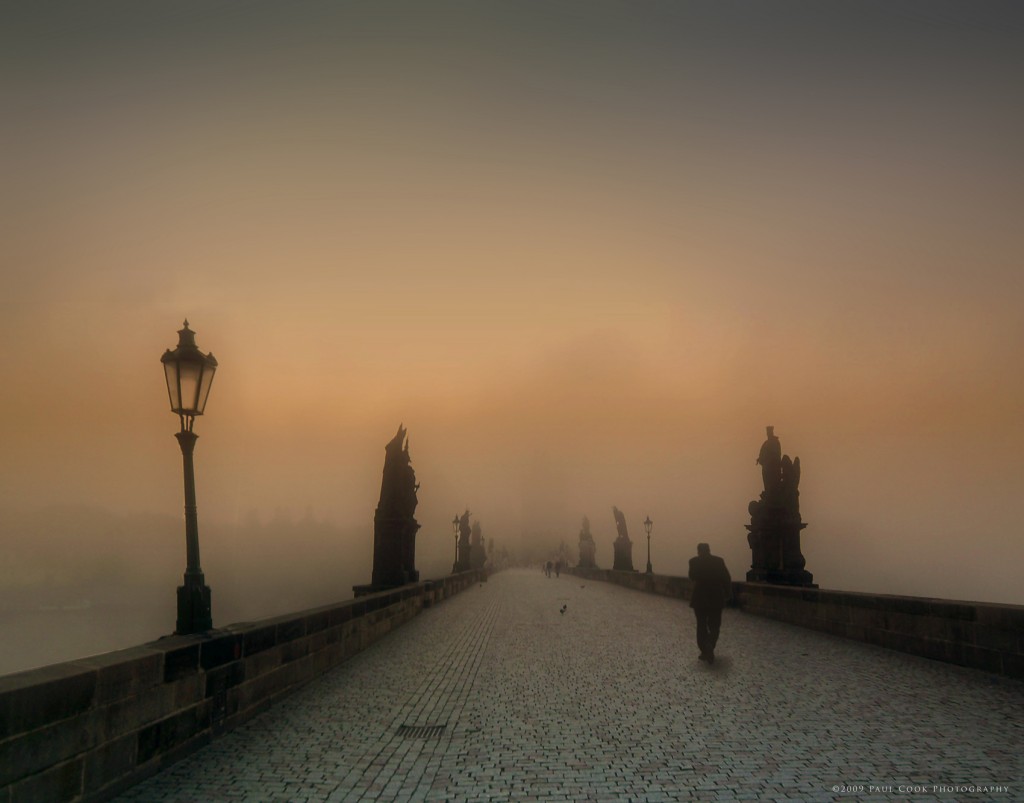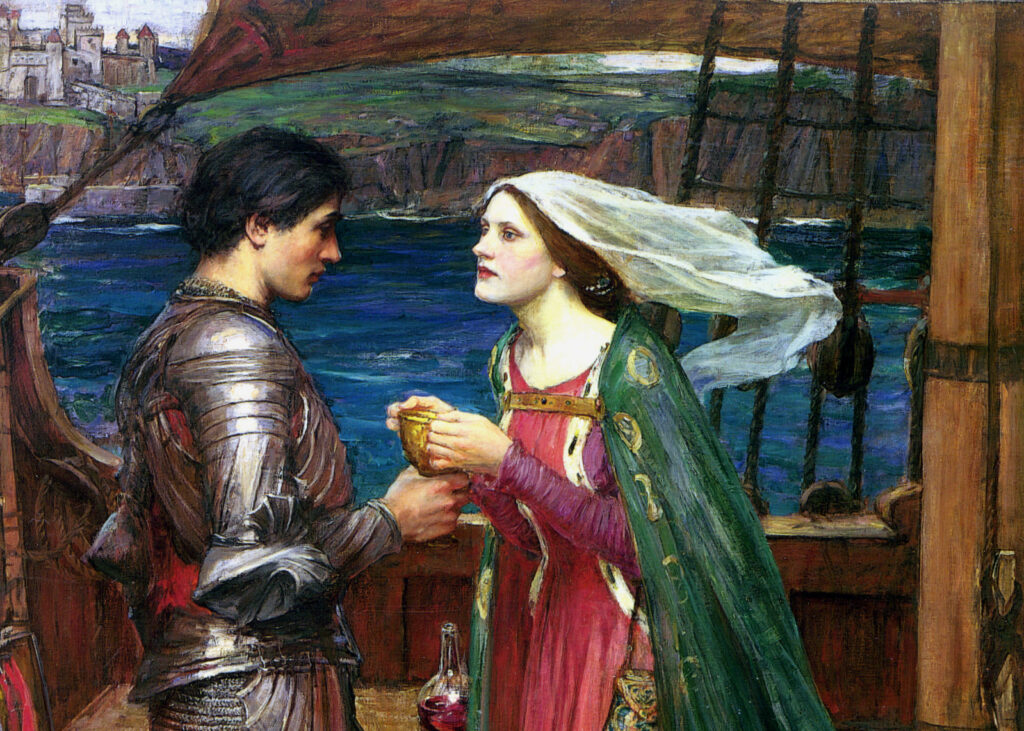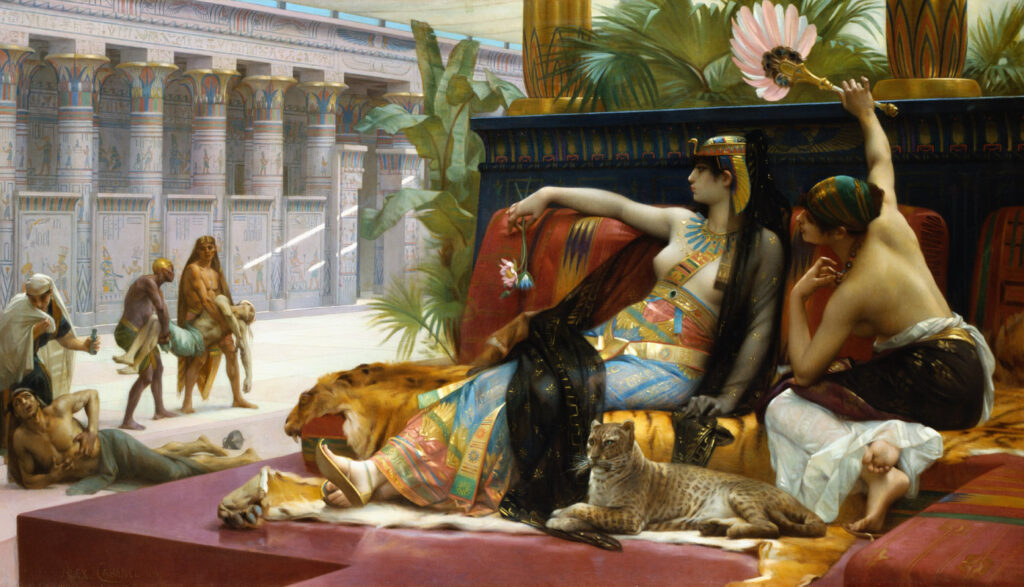Home » Posts tagged 'suicide'
Tag Archives: suicide
Hippolytus
(Ἱππολυτος)
Euripides
429 BC
(Disaster ensues when Phaedra falls for her stepson!)

The gods will have their play, and we piteous humans must suffer in double jeopardy. First, vice will eventually bring destruction, and yet we are by nature weak and prone to vice. Second, everyone is subject to fate, which is not kinder to good people than to bad. So we are doomed—we cannot be virtuous as we want to be, and so we are in trouble; and yet even if we could be virtuous we would get smacked anyway by the vicissitudes of fate! Hence Euripides’ fist-waving at the gods… yet he manages to preserve some reverence. Artemis tells us that the pious are still much more highly regarded by the gods than the impious. When the impious person suffers, the gods nod “take that!”, whereas the faithful incur their favor, which can bring some benefit. So, given our sad lot in life, it is better to be suffering and good than suffering and evil. Or that is Euripides’ line anyway. In this play we see how this web of cosmic influences plays out in the life of a chaste and honorable man destined for greatness by rights, when (through no fault of his own) his stepmother takes an improper liking to him.
The History of Mr. Polly
H. G. Wells
1910
(A man of precisely 37.5 years of age can’t seem to find success or happiness in life… perhaps he has to do something drastic.)

“HOLE!” said Mr. Polly, and then for a change, and with greatly increased emphasis: “ ‘Ole!” He paused, and then broke out with one of his private and peculiar idioms. “Oh! Beastly Silly Wheeze of a Hole!”
Thus begins an entertaining fictional biography of a man who really needs a whack upside the head– one of several greats in that odd subgenre– Tom Jones, Babbitt, and Updike’s Rabbit series, for examples. (H. G. Wells writing fictional biography? In a contemporary setting? This might surprise those of us, such as myself, who had equated him with science fiction and socialist nonfiction. But anyway…) Our protagonist is an endearing and vivid, if frustrating character, who hides his depression with funny one-liners and his poor education with deliberate mispronunciations. And, as with many colorful characters in real life, beneath the wit cowers a man who hasn’t a clue where he’s going. His path through life is that of a flat boat with untethered sails– he might as easily plummet to his death over a waterfall as drift into a homely port. Or, to use Alfred Polly’s own metaphor, he’s in a hole. And no amount of quaint phrasing and amusing epithet, no ability to make women giggle, and no success as a shopkeeper is going to hoist him out of it.
“The Judgment”
(“Das Urteil”)
Franz Kafka
1912
(After treating a needy friend superficially for years, Georg finally pays the price.)

This is an existentialist horror tale about a man Georg who treats a distant friend superficially, then pays for this crime with his life. The distant friend is sick, poor and unmarried. Georg cannot think of what to say to him, so he writes only trivial things. He offers no advice or heartfelt consolation. He conceals his own prosperity and even (for a while) his own engagement. His father, meanwhile, behind his back, has been revealing the truth about Georg to the friend, and has been lying in wait for Georg to raise the situation in conversation. When Georg finally does broach the subject, his father condemns him as a betrayer of his friend and a selfish cold-hearted bum, and orders him to drown himself. As elderly as the father is, he is stronger of will than his son, who feels himself urged out of the room and to a nearby bridge. Georg flings himself to his death.
The Romance of Tristan and Iseult
(Le Roman de Tristan et Iseut)
Joseph Bédier
1900
(A knight and a lady pursue their magical love through bloodshed and sorrow.)

When tales pass through centuries of retellings, they tend to become what of audio media we would call “overproduced”: too many interpreters have slanted the story their various ways, too many embellishments and new episodes have been inserted, too many accommodations and updates have aimed at suiting the fancies of each audience. In the process the story can lose some of its grip on our imagination and our romantic sensibilities. It can be so cobbled and abused that we are left to distill the heart of it as best we can from a variety of sources. The only way such a beautiful old tale could ever be told today in anything like its original form and spirit, would be for three literary virtues to unite: a single author must be simultaneously an expert scholar, a great poet, and above all, modest. Only a scholar will know the history of the work; will be able to distinguish the wheat from the chaff in elements of theme, characterization, and plot; and will sufficiently understand an ancient teller’s perspective so as to effectively reproduce it. And only a great poet will be able to convey this perspective, and the story itself, with convincing unity and supreme skill; expectations of quality and beauty are lofty when we pick up a beloved and popular story. And finally, many a great poet and scholar will have great pride as well, in which case there will be too much of the writer and not enough of the legend in the text. Granted, we love our authors’ egos when it is them we want to see; but if the aim is to represent something of the original (or at least old) character of a romance, an author must exercise admirable self-control. We can thank Joseph Bédier for being this author in all respects for the legend of Tristan & Iseult.



